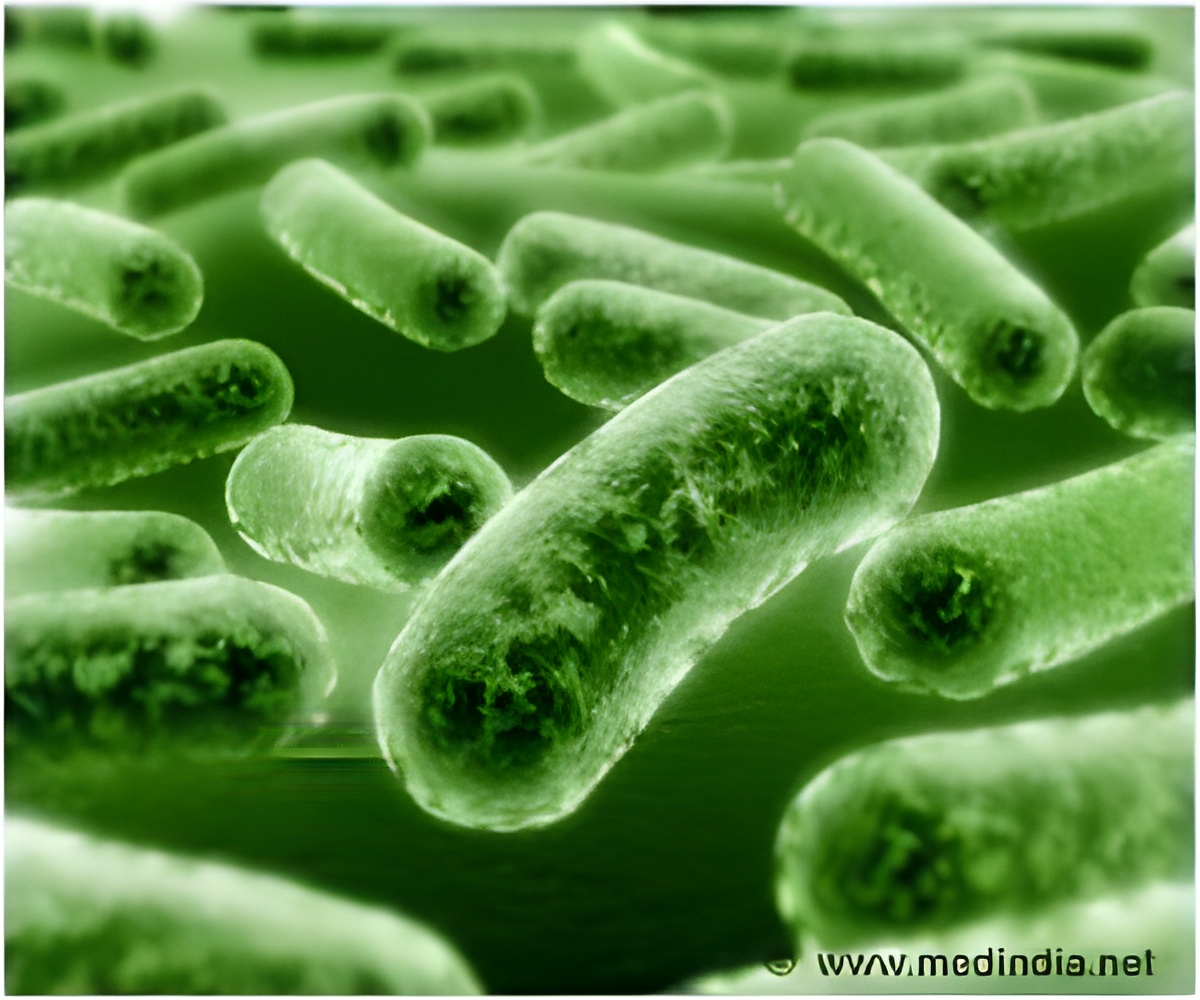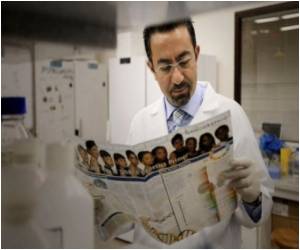The power-generating mechanism used by well-known marine bacteria was identified by a team of scientists from the UK and the US.

Dr Tom Clarke, a lecturer at the school of biological sciences at the UEA, who led the research, told the BBC that the bacterium Shewanella oneidensis had been seen influencing levels of minerals in lakes and seas but no-one really knew how it did it.
The bacterium occurred globally in rivers and seas and are everywhere from the Amazon to the Baltic seas.
Clarke said that the scientists noticed that iron and manganese levels in the lake changed with seasons and happened in co-ordination with the bacteria's growth patterns.
However, he said, what was not known was the method through which they brought about these changes in mineral concentrations.
To understand how the bacteria did it, Clarke and fellow researchers remade a synthetic version of the bacterium and discovered that the organism generated a charge, and effected a chemical change, when in direct contact with the mineral surface.
Clarke added that it is very useful as a model system and the bacteria are very robust, as can be seen in the lab as the researchers are very rough with it but still the bacteria puts on with them.
Source-ANI
 MEDINDIA
MEDINDIA




 Email
Email







